Home>Gardening & Outdoor>Landscaping Ideas>What To Put Under Above Ground Pool On Grass
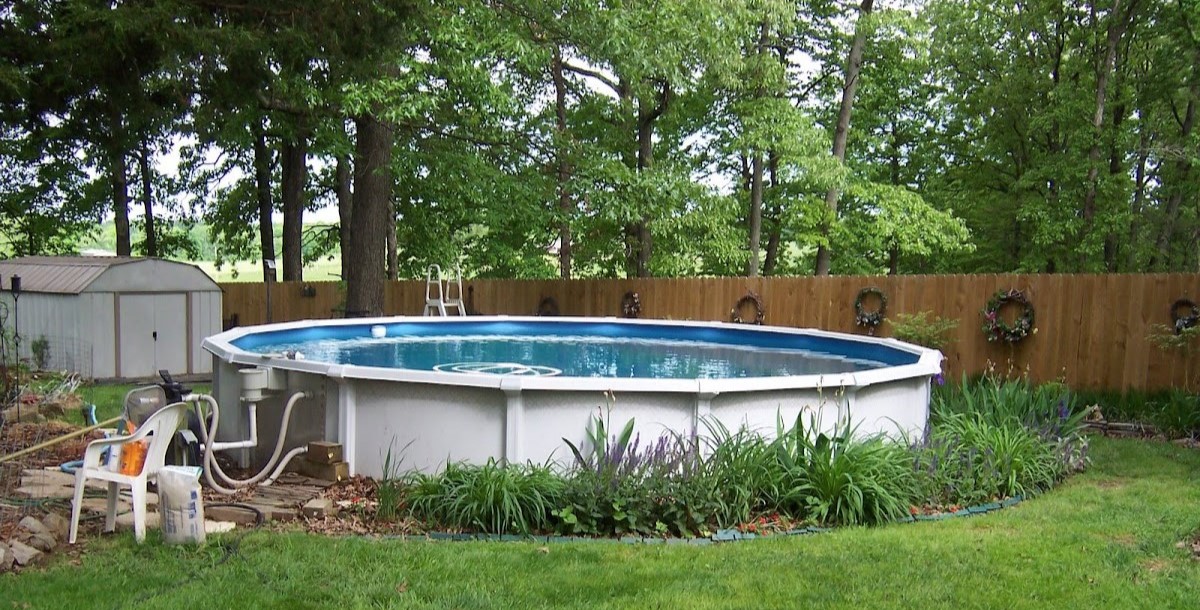

Landscaping Ideas
What To Put Under Above Ground Pool On Grass
Modified: May 6, 2024
Discover landscaping ideas for what to put under your above ground pool on grass. Find the best solutions for a beautiful and functional pool area. Explore options for a seamless and attractive pool landscaping design.
(Many of the links in this article redirect to a specific reviewed product. Your purchase of these products through affiliate links helps to generate commission for Storables.com, at no extra cost. Learn more)
Introduction
When the warm weather arrives, there's nothing quite like having your own above ground pool to cool off and enjoy some fun in the sun. However, setting up an above ground pool on grass requires careful consideration to ensure the pool's stability and longevity. One crucial aspect of this setup is deciding what to put under the above ground pool on grass. This decision can significantly impact the pool's safety, maintenance, and overall performance.
In this comprehensive guide, we will explore the various options for creating a stable base for an above ground pool on grass. We'll delve into the benefits of using a base, the different materials suitable for this purpose, and the steps to prepare the grass and install the base and pool. By the end of this article, you'll have a clear understanding of how to set up your above ground pool on grass for maximum enjoyment and durability. Let's dive in!
Key Takeaways:
- Choose a stable base like concrete, prefabricated pads, foam padding, or sand to protect your above ground pool on grass. Each material has unique benefits and considerations to fit your needs and budget.
- Prepare the grass by leveling the ground, addressing drainage, and laying a weed barrier before installing the base and above ground pool. Follow a systematic approach to ensure a secure and enjoyable outdoor oasis.
Read more: How To Remove Grass For An Above-Ground Pool
Benefits of Using a Base for Above Ground Pools
Before delving into the specific materials and methods for setting up an above ground pool on grass, it’s essential to understand the benefits of using a base. While it may be tempting to place the pool directly on the grass, a proper base offers numerous advantages that contribute to the pool’s stability and longevity.
- Preventing Ground Erosion: Placing a base beneath the pool helps prevent the grass and soil from eroding due to the weight and movement of the pool. This is particularly important for maintaining the integrity of the surrounding landscape.
- Enhancing Stability: A well-constructed base provides a level and stable foundation for the pool, reducing the risk of shifting or tilting, especially on uneven terrain.
- Protecting the Pool Liner: The base acts as a protective layer between the pool’s bottom and the ground, minimizing the risk of punctures, tears, and abrasions to the pool liner.
- Improving Drainage: Certain base materials facilitate better drainage, preventing water from accumulating beneath the pool and creating potential issues such as mold or mildew.
- Minimizing Maintenance: By providing a barrier between the pool and the grass, a base can reduce the amount of debris, dirt, and insects that make their way into the pool, thus simplifying maintenance tasks.
- Extending Lifespan: Ultimately, using a base can contribute to prolonging the lifespan of the above ground pool, ensuring that you can enjoy it for years to come.
Considering these benefits, it becomes clear that investing in a suitable base for your above ground pool on grass is a wise decision that can positively impact both the pool’s functionality and your overall enjoyment of it.
Options for Placing an Above Ground Pool on Grass
When it comes to placing an above ground pool on grass, several options are available to create a stable and reliable foundation. Each option offers distinct advantages and considerations, allowing you to choose the most suitable approach based on your specific needs and preferences.
1. Concrete Pad
Constructing a concrete pad provides a durable and long-lasting base for an above ground pool. While this option involves more extensive preparation and installation, it offers exceptional stability and minimizes the risk of ground erosion. A concrete pad also ensures a level surface for the pool, contributing to its overall structural integrity.
2. Prefabricated Base Pads
Prefabricated base pads, often made of high-density polyethylene or similar materials, offer a convenient and efficient solution for setting up an above ground pool on grass. These pads are designed to provide a stable and level surface while protecting the pool liner from damage. Additionally, they allow for proper water drainage, contributing to a cleaner and safer pool environment.
3. Foam Padding
Foam padding, specifically designed for above ground pools, offers a cushioned and protective layer between the pool and the grass. This option is relatively easy to install and provides excellent insulation, helping to retain the pool’s heat. Foam padding is particularly suitable for softer ground surfaces and can contribute to a more comfortable and enjoyable swimming experience.
4. Sand Base
Using a sand base is a traditional yet effective method for placing an above ground pool on grass. Sand provides a level surface, minimizes ground erosion, and offers natural drainage properties. However, it’s essential to ensure proper compaction and leveling when using sand as a base to prevent uneven settling of the pool.
By considering these options, you can select the most appropriate base for your above ground pool on grass, taking into account factors such as budget, desired durability, and the specific characteristics of your outdoor space.
Pros and Cons of Different Base Materials
When deciding on the material to use as a base for an above ground pool on grass, it’s essential to weigh the pros and cons of each option to make an informed choice that aligns with your preferences and requirements.
Concrete Pad
- Pros:
- Exceptional stability and durability
- Provides a level surface for the pool
- Minimizes ground erosion and shifting
- Cons:
- Higher installation cost and labor-intensive preparation
- Permanent and less flexible compared to other options
- May require professional expertise for proper construction
Read more: What To Put Under A Swimming Pool
Prefabricated Base Pads
- Pros:
- Convenient and efficient installation
- Provides stable and level surface
- Offers protection for the pool liner
- Cons:
- Initial cost may be higher than some other options
- Limited customization based on pool size and shape
- Quality and durability may vary based on the specific product
Foam Padding
- Pros:
- Offers cushioning and insulation for the pool
- Relatively easy and quick to install
- Provides protection against punctures and tears
- Cons:
- May compress over time, requiring replacement
- Less effective for addressing uneven ground surfaces
- May not provide as firm a base as other materials
Sand Base
- Pros:
- Natural drainage properties
- Cost-effective and readily available
- Provides a relatively level surface
- Cons:
- Requires careful compaction and leveling
- Potential for uneven settling of the pool
- May necessitate frequent maintenance to retain levelness
By considering the advantages and drawbacks of each base material, you can make an informed decision that aligns with your priorities, budget, and long-term vision for your above ground pool on grass.
How to Prepare the Grass for the Base
Before installing the base for your above ground pool on grass, it’s crucial to properly prepare the underlying grass to ensure a stable and durable foundation. The following steps will guide you through the process of preparing the grass for the base installation:
1. Clear the Area
Begin by clearing the designated area of any debris, rocks, or sharp objects that could potentially damage the pool liner or interfere with the base installation. This step is essential for creating a smooth and safe surface for the pool.
2. Level the Ground
Use a shovel, rake, or a dedicated leveling tool to even out the ground where the pool will be placed. Ensuring a level surface is critical for the stability and proper functioning of the above ground pool. Pay attention to any uneven areas and make necessary adjustments to achieve a uniform ground level.
3. Address Drainage Issues
If the area where the pool will be situated experiences poor drainage or is prone to pooling water, consider implementing drainage solutions such as grading the land or installing a French drain to prevent water accumulation beneath the pool. Proper drainage is essential for maintaining the integrity of the base and the pool structure.
4. Lay a Weed Barrier
To prevent weed growth and minimize the risk of grass and vegetation penetrating the base material, consider laying a weed barrier fabric over the prepared ground. This barrier will help maintain the stability and cleanliness of the base, contributing to the overall longevity of the pool setup.
Read more: How To Bond An Above Ground Swimming Pool
5. Compact the Soil
Using a soil compactor or tamper, compact the prepared ground to create a firm and stable foundation for the base material. Proper compaction is crucial for preventing shifting and settling of the base, ensuring the long-term stability of the above ground pool.
By diligently following these steps to prepare the grass for the base installation, you can establish a solid and reliable groundwork for setting up your above ground pool, promoting its structural integrity and longevity.
Steps for Installing the Base and Above Ground Pool
Once the grass is properly prepared, you can proceed with the installation of the base and the above ground pool. Following a systematic approach will help ensure a smooth and successful setup, allowing you to enjoy your pool with confidence. Here are the essential steps for installing the base and above ground pool:
1. Position the Base Material
If you’re using a prefabricated base pad, foam padding, or a similar material, carefully position it over the prepared grass area according to the manufacturer’s guidelines. Ensure that the base material covers the entire footprint of the pool, providing a uniform and stable foundation.
2. Verify Levelness
Check the levelness of the base material using a carpenter’s level or a similar tool to confirm that it is uniformly flat and stable. Making any necessary adjustments at this stage will contribute to the overall stability and balance of the above ground pool.
Read more: How To Drain An Above Ground Swimming Pool
3. Assemble the Pool Components
Follow the manufacturer’s instructions to assemble the components of the above ground pool, including the frame, wall, and any additional features such as filtration systems or ladders. Ensure that each component is securely connected and aligned according to the designated layout.
4. Place the Pool Liner
Carefully position and smooth out the pool liner within the assembled pool structure, ensuring that it fits snugly and evenly. Take care to eliminate any wrinkles or folds to maintain the integrity and aesthetics of the liner.
5. Secure the Pool Wall
As the pool liner is in place, secure the top rails and connectors to reinforce the stability of the pool wall. Follow the manufacturer’s guidelines for properly fastening and securing the components to ensure the structural integrity of the above ground pool.
6. Fill the Pool
Gradually fill the pool with water, monitoring the level and ensuring that the pool structure remains stable and balanced as it fills. Take care to observe any signs of uneven settling or shifting, addressing any issues promptly to maintain the pool’s stability.
7. Final Adjustments and Testing
Once the pool is filled, perform a final check of the base, pool structure, and water level, making any necessary adjustments to achieve optimal stability and functionality. Test the pool equipment and water quality to ensure that everything is in proper working order.
By following these systematic steps for installing the base and above ground pool, you can create a secure, stable, and enjoyable outdoor oasis for relaxation and recreation.
Conclusion
Setting up an above ground pool on grass presents an exciting opportunity to create a refreshing and enjoyable space in your outdoor environment. By carefully considering the options for placing the pool, selecting the appropriate base material, and following the necessary preparation and installation steps, you can establish a stable and durable foundation for your pool, ensuring years of relaxation and recreation.
Choosing the right base material for your above ground pool is a crucial decision that directly impacts the pool’s stability, maintenance, and longevity. Whether you opt for a concrete pad, prefabricated base pads, foam padding, or a sand base, each material offers distinct benefits and considerations that should align with your specific needs and preferences.
Properly preparing the grass and the underlying ground is essential for creating a solid foundation for the base and the pool. Addressing drainage issues, leveling the ground, and implementing a weed barrier contribute to the overall stability and longevity of the pool setup.
Following a systematic approach to installing the base and the above ground pool, including verifying levelness, assembling pool components, and filling the pool, ensures a smooth and successful setup. By paying attention to each step and making necessary adjustments, you can create a secure and inviting outdoor oasis for your family and friends to enjoy.
In conclusion, the careful selection of base materials, thoughtful preparation of the grass, and meticulous installation of the above ground pool are essential for creating a safe, stable, and enjoyable outdoor space. By investing time and attention into these crucial aspects, you can look forward to countless hours of relaxation and fun in your above ground pool on grass.
With the right foundation in place, your above ground pool will not only enhance your outdoor living experience but also become a cherished feature of your home for years to come.
Now that you're equipped with knowledge on setting up your above ground pool, why not take a step further in enhancing your outdoor spaces? If you're keen on creating a vibrant and welcoming area for gatherings or quiet evenings, consider checking out our guide on turning a basic deck into a haven for outdoor living. You'll find an array of colorful decor and simple add-ons to transform your deck into a perfect spot for relaxation and entertainment.
Frequently Asked Questions about What To Put Under Above Ground Pool On Grass
Was this page helpful?
At Storables.com, we guarantee accurate and reliable information. Our content, validated by Expert Board Contributors, is crafted following stringent Editorial Policies. We're committed to providing you with well-researched, expert-backed insights for all your informational needs.
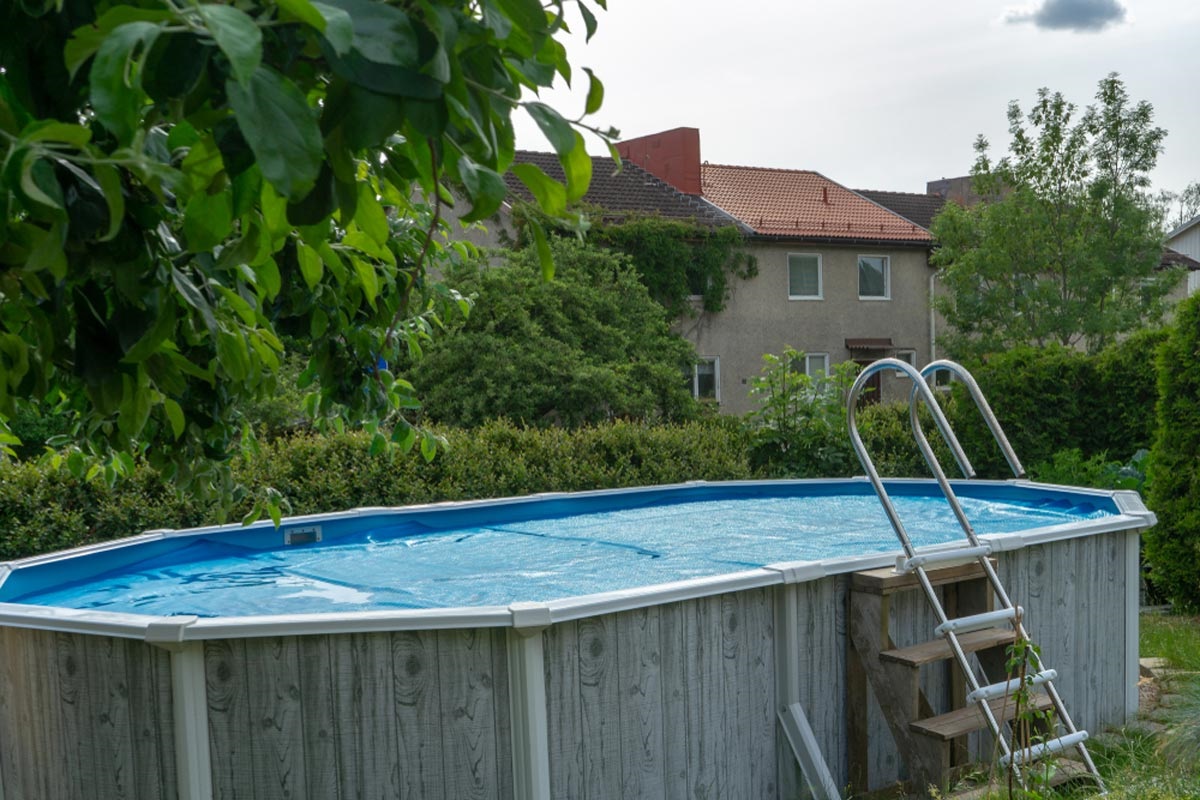
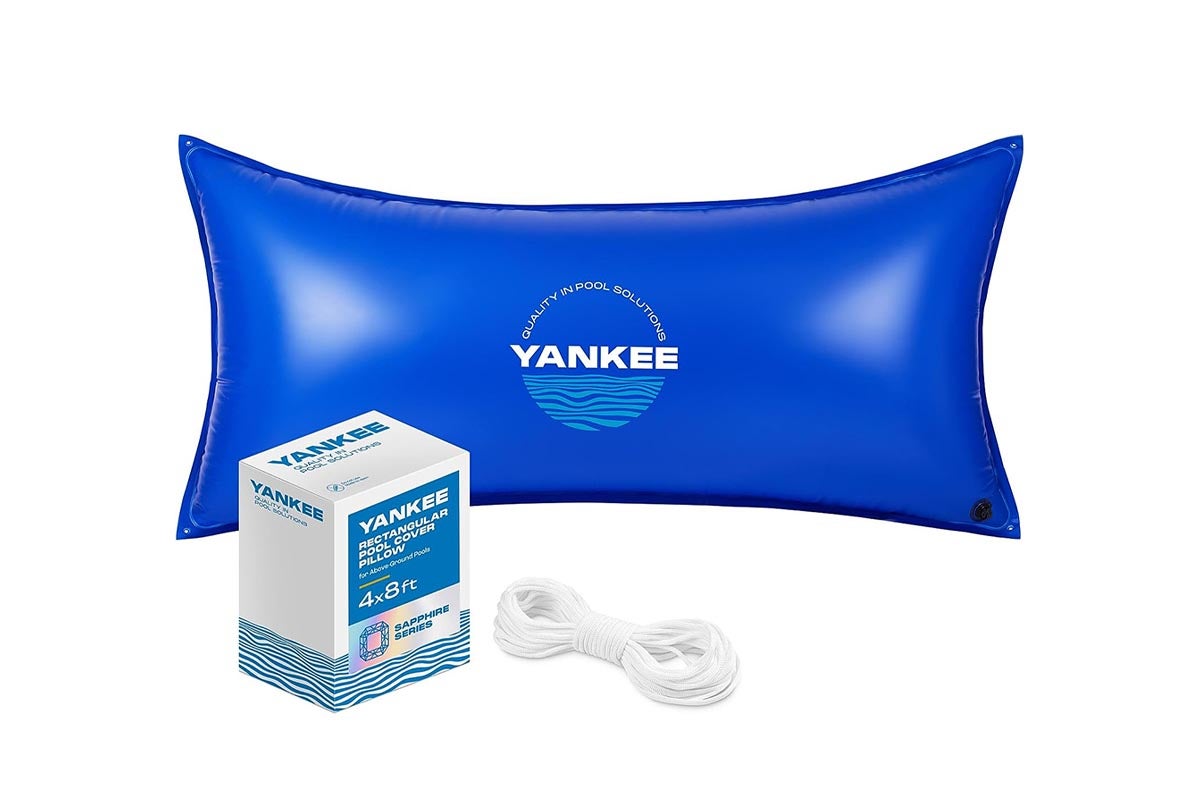
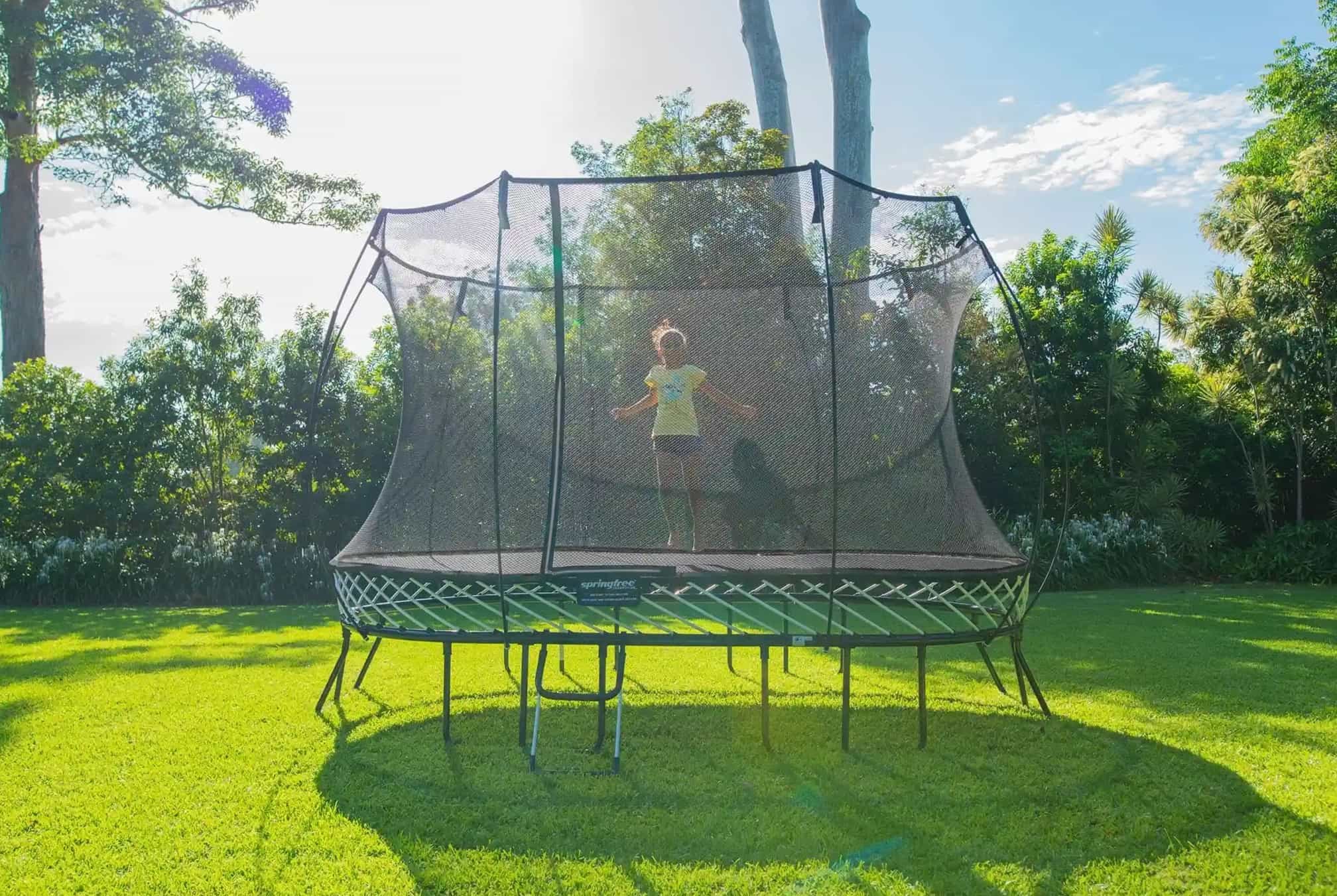
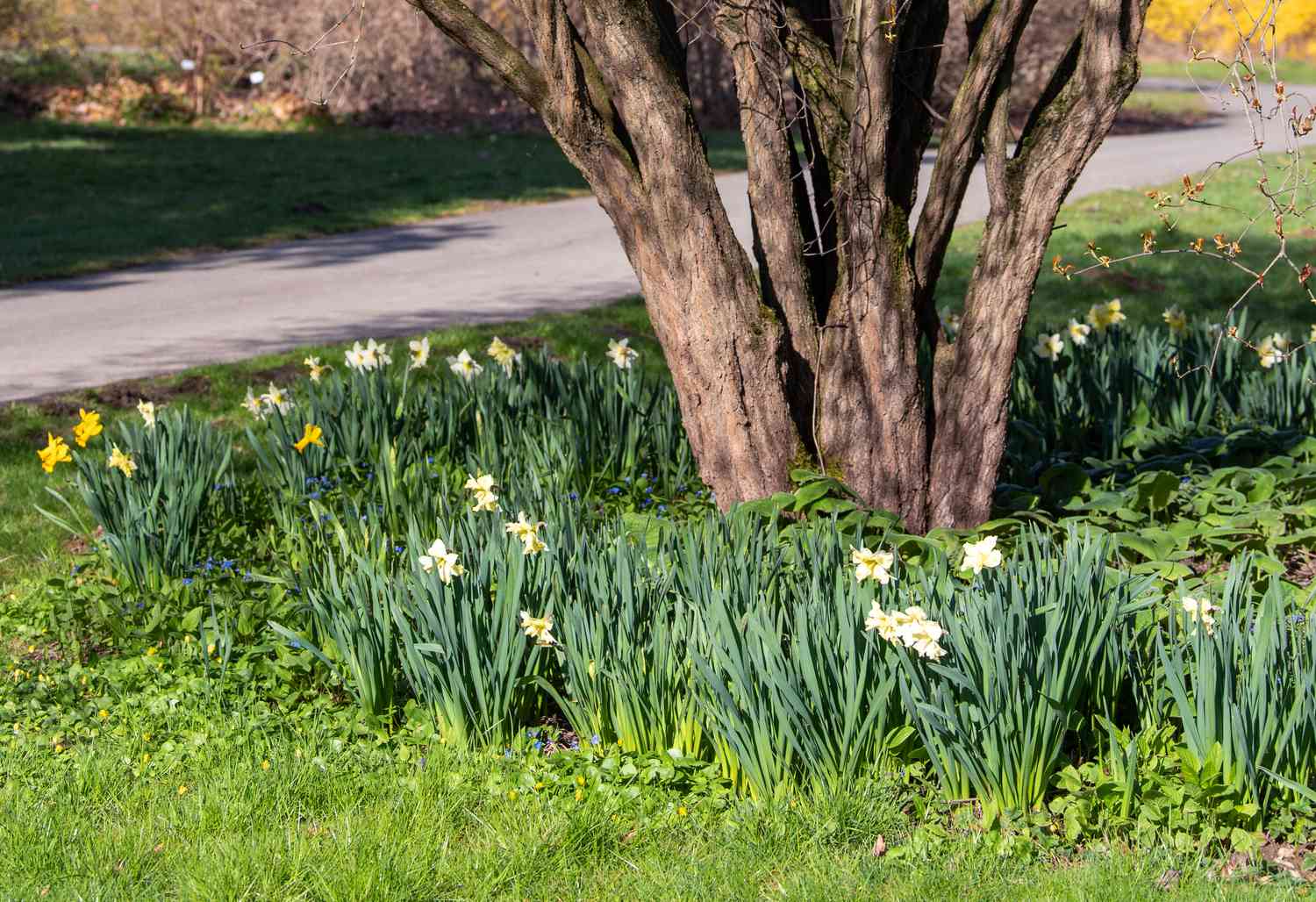
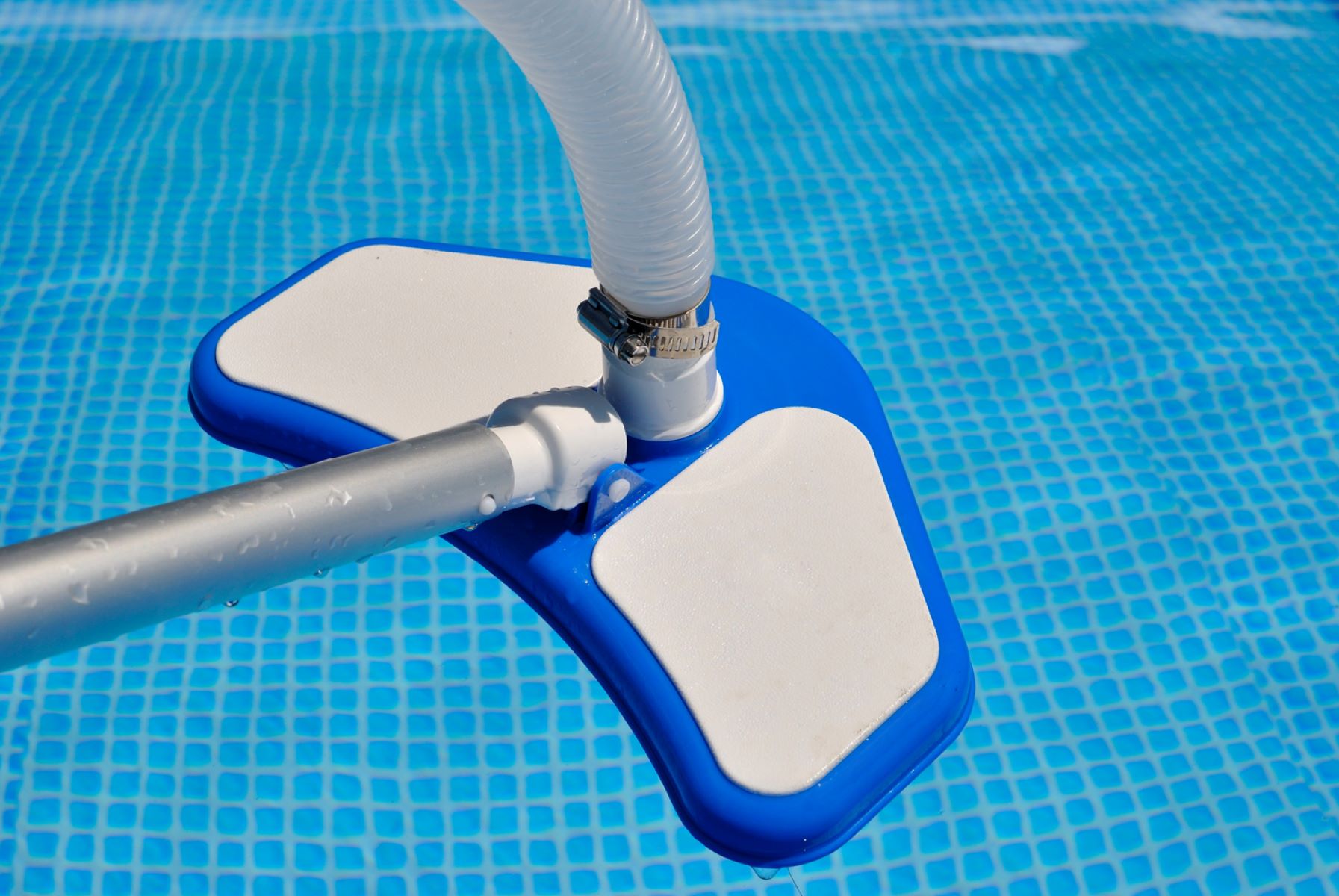
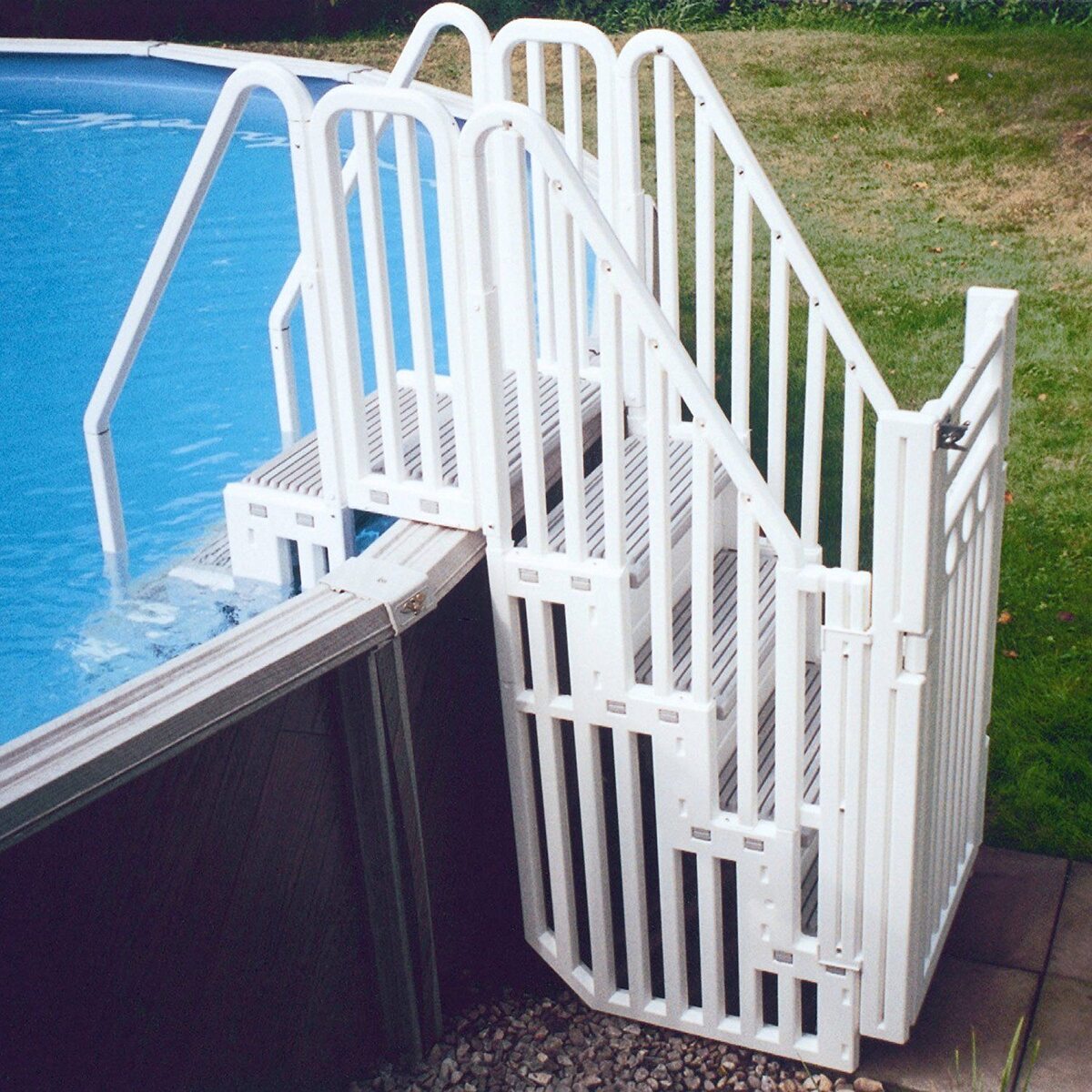
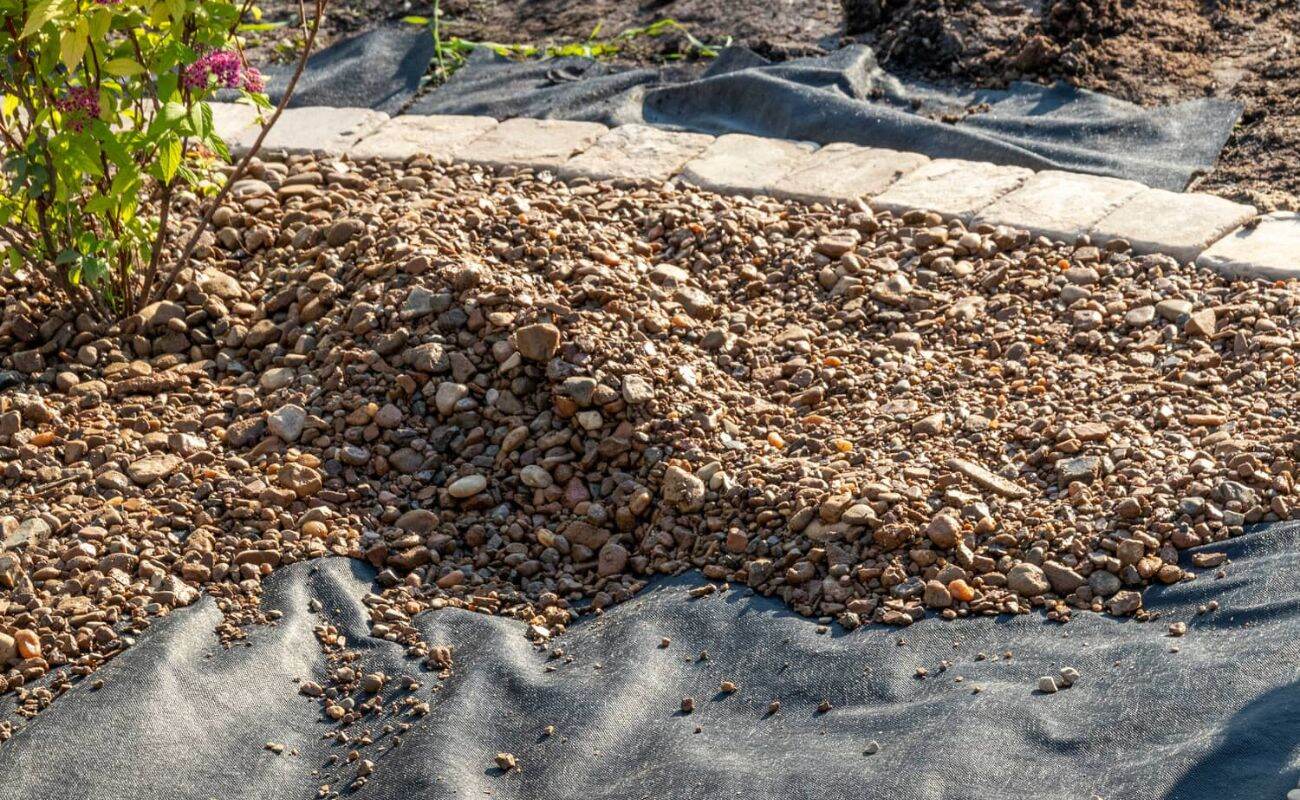
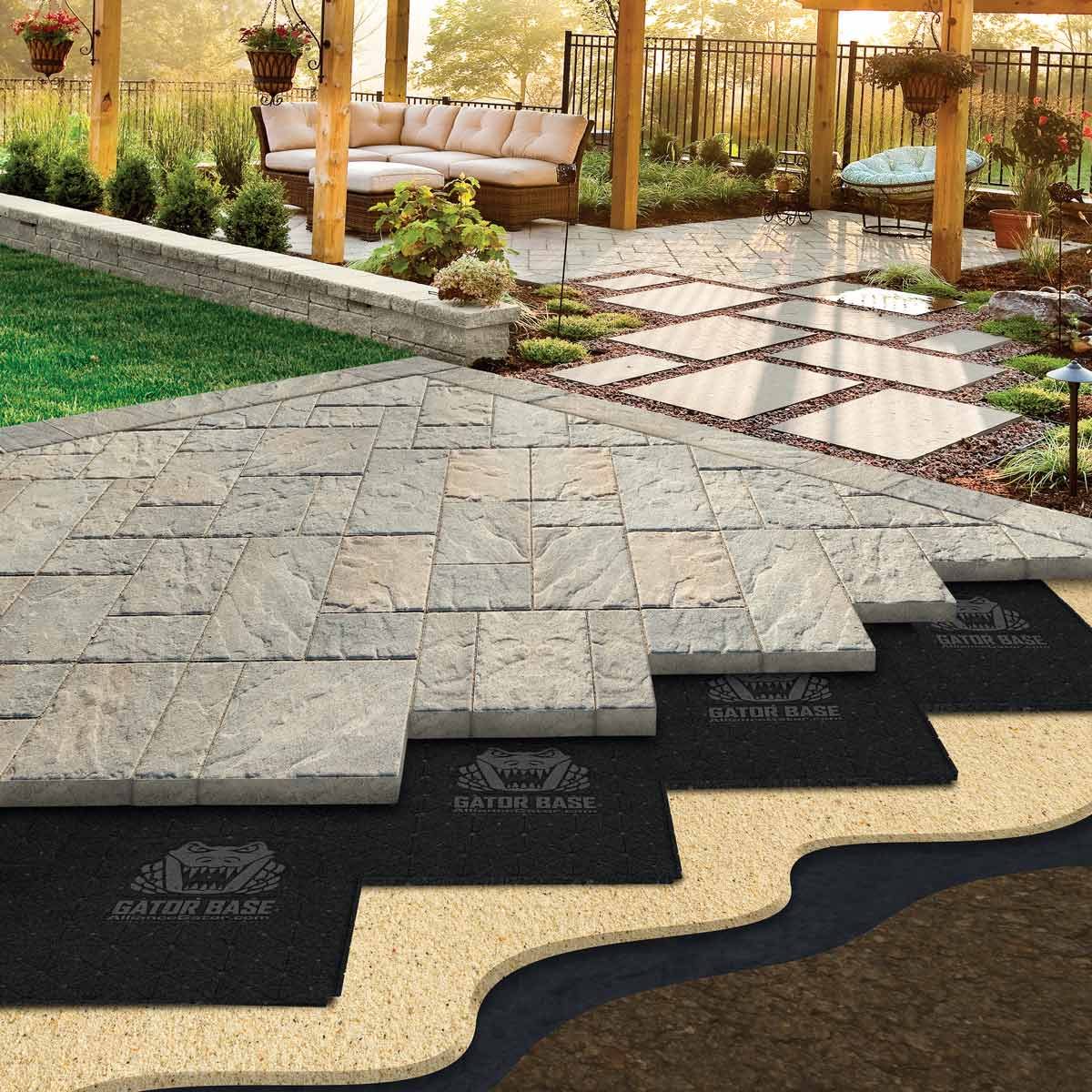
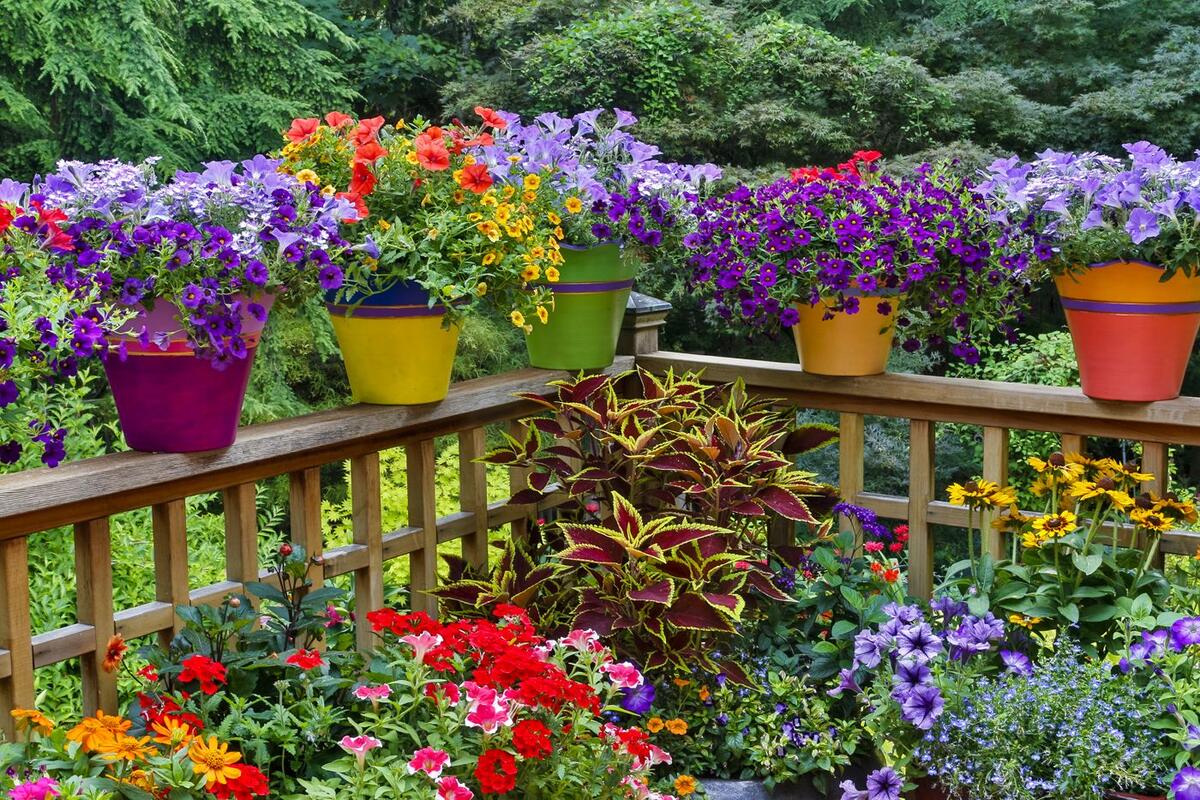

0 thoughts on “What To Put Under Above Ground Pool On Grass”